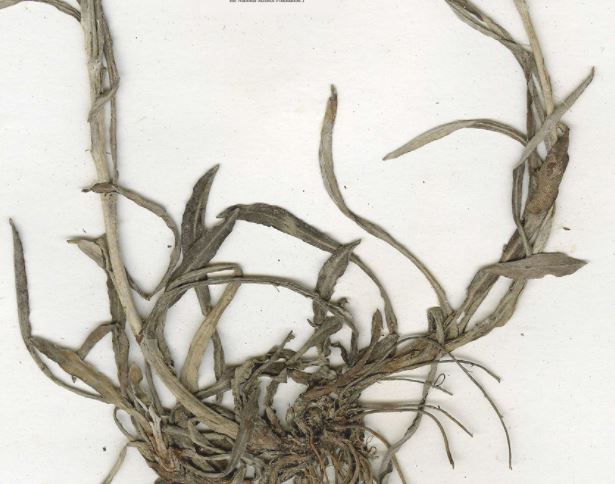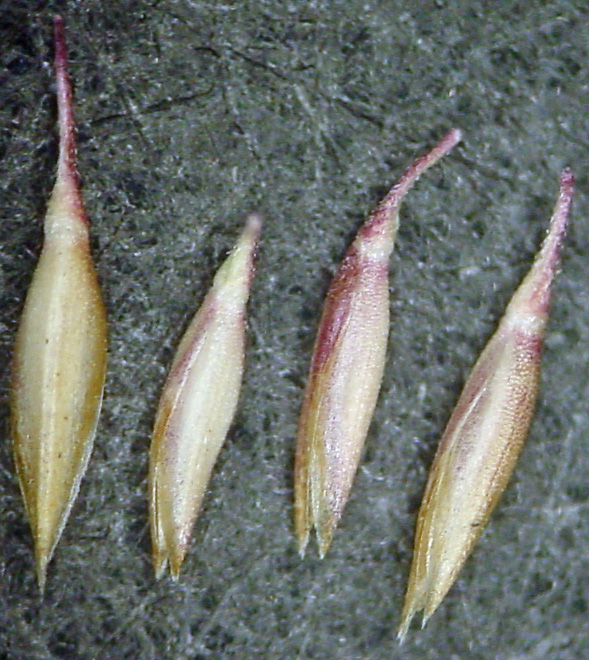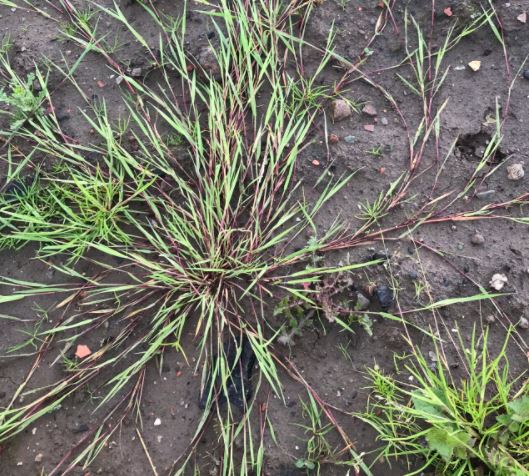
Genera of Poaceae: Molinia. This is one of the last of the really important grasses to come into flower. It dominates huge areas of wet heath in the uplands, it's abundant in fens, and forms the understory of wet Betula pubescens woodland in the lowlands. 



First we eliminate lots of hairy ligule plants that are easy to identify: Zea mays, Sorghum, Tragus, Cenchrus, Setaria and several finger grasses (Dactyloctenium, Cynodon, Eleusine, Chloris). The first important question is spike or panicle. It's narrow but obviously the latter. 

The next question: is it a Miscanthus (left) where the spikelets are in pairs, or are the spikelets not in pairs (right). Not in pairs (right), so on we go. 



Another easy one now: is it a pampas grass (Cortaderia selloana (left) or C. richardii (right))? Nope. Onwards. 

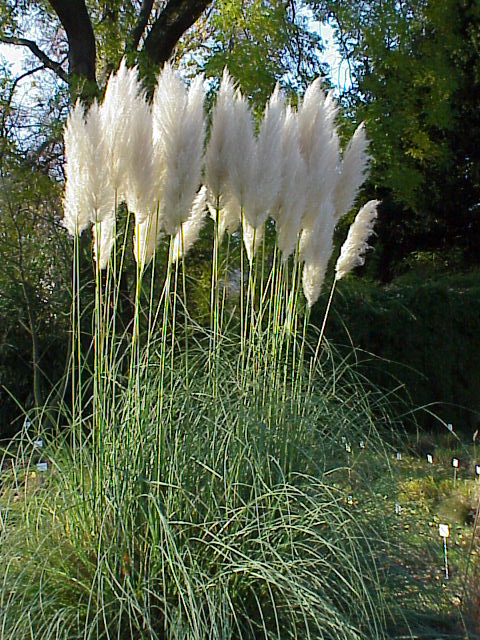
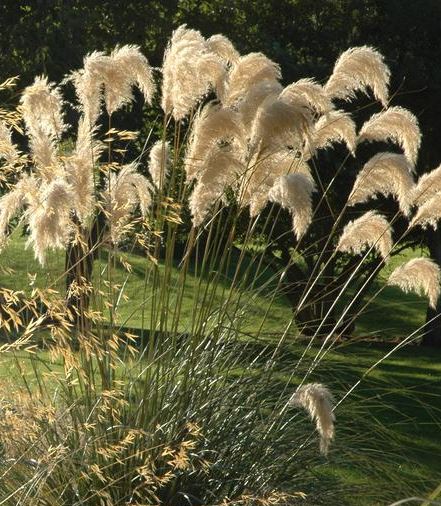
Is it a reed (Phragmites or Arundo) with a long tuft of silky hairs from the rachilla or the back of the lemma (left), or not (right). No silky hairs (right). 


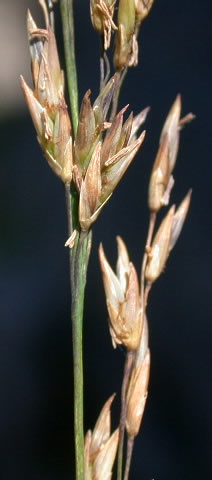
Now look closely (X10) and count the number of florets per spikelet. Is there 1 or more than 1 ? Sod's Law has reared its head again, because Molinia can have 1, 2, 3 or 4 florets per spikelet, so Molinia appears in both branches of the key. It doesn't matter which way we go. 

Is it a perennial with lemmas 3mm long or longer ? Yes and yes. So we have Molinia. The species M. caerulea (Purple Moor-grass or Flying Bent) is popular with some garden designers, and there are several cultivars commerically available. 



• • •
Missing some Tweet in this thread? You can try to
force a refresh













